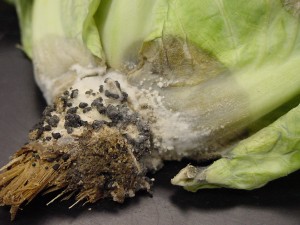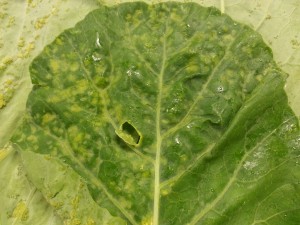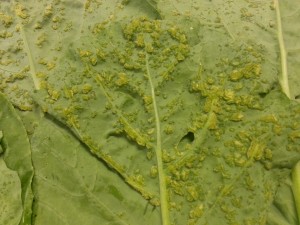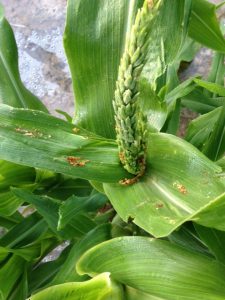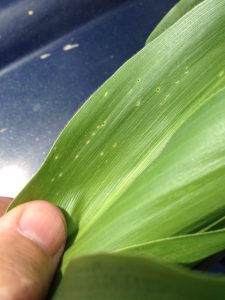New Jersey cranberry growers are increasingly concerned about rising blunt-nosed leafhopper (BNLH) populations. This rise is attributed to changes in pest management strategies, such as the adoption of new reduced-risk products and decreased use of broad-spectrum insecticides, as well as the expansion of high-yielding varieties that seem more susceptible. BNLH is particularly worrisome because it transmits a phytoplasma, a type of bacteria, that causes false blossom disease. Symptoms of false blossom disease include stunted growth, erect sterile flowers (Figure 1), and distinctive branching of upright shoots, known as witches’ broom.

False blossom infected cranberry with erect flowers (left) and uninfected cranberry (right). Photo credit: Beth Ferguson.
Life Cycle
BNLH has one generation per year. Its eggs overwinter and begin hatching in early May. Nymphs go through five instars in about a month. Adults appear in early July, peak in mid-late July, and their numbers diminish by the first week of August. These adults have a distinctive blunt head and range in color from light yellowish-gray to dark brown. Eggs are laid between July and August.
Damage
Nymphs and adults feed on cranberry plant juices using their piercing-sucking mouthparts. This direct injury is not noticeable. However, they are significant as vectors of the phytoplasma that causes false blossom disease.
Management
At this time of the year, we are observing early-instar nymphs, mostly 2nd instars but also 3rd instars (Figure 2).
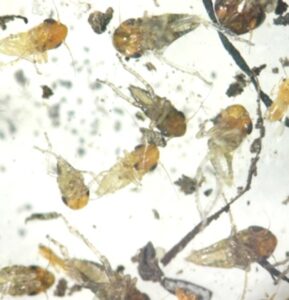
Blunt-nosed leafhopper nymphs. Photo credit: Beth Ferguson
Here are some guidelines to consider when managing BNLH in cranberries:
- Identify Infestation Sites: The key to BNLH control is locating infestation sites. The best way to monitor for this insect is with an insect sweep net. Before bloom, use sweep nets to monitor nymphs. Since nymphs are small, freeze the samples to kill them, then count the nymphs under a microscope or with a magnifying lens.
- Sweep-net Monitoring: Perform sweep sets of 25 sweeps each. The recommended number of sweep sets is:
- 1 per 1–10 acres
- At least 10 sweep sets per 10–20 acres
- 1 sweep set per 2 acres for areas larger than 20 acres
- Lack of Economic Thresholds: Managing BNLH is challenging because they vector a phytoplasma causing false blossom disease. Establishing economic thresholds is difficult due to the unknown proportion of infected individuals in the population, which can vary by variety. Higher infection rates have been observed in newer varieties even when BNLH populations are low.
- Control Measures: Consider control measures based on BNLH numbers relative to previous years, history of insecticide application, and cranberry variety. If BNLH populations are increasing compared to previous years and the beds have not been treated for BNLH in 2-3 years, growers should consider treatment.
- Treatment Options: If treatment is necessary, consider the following options to manage BNLH:
- Timing: The best time for insecticide treatment is before bloom to target young nymphs.
- Insecticides: Organophosphates: Diazinon (diazinon), Orthene (acephate); Carbamates: Sevin (carbaryl); Pyrethroids: Fanfare or Brigade (bifenthrin), Danitol (fenpropathrin); Neonicotinoids: Assail (acetamiprid), Actara (thiamethoxam). Note: Do not use before bloom due to potential negative effects on bees, as these systemic insecticides can accumulate in pollen and nectar. Sulfoxaflor: Closer (sulfoxaflor). Although effective in small plot trials at the P.E. Marucci Center, more data are needed to confirm efficacy on larger commercial scales.
- Be aware that, while not scientifically proven, there are claims that Orthene and Sevin may reduce pollinator activity by repelling bees.
